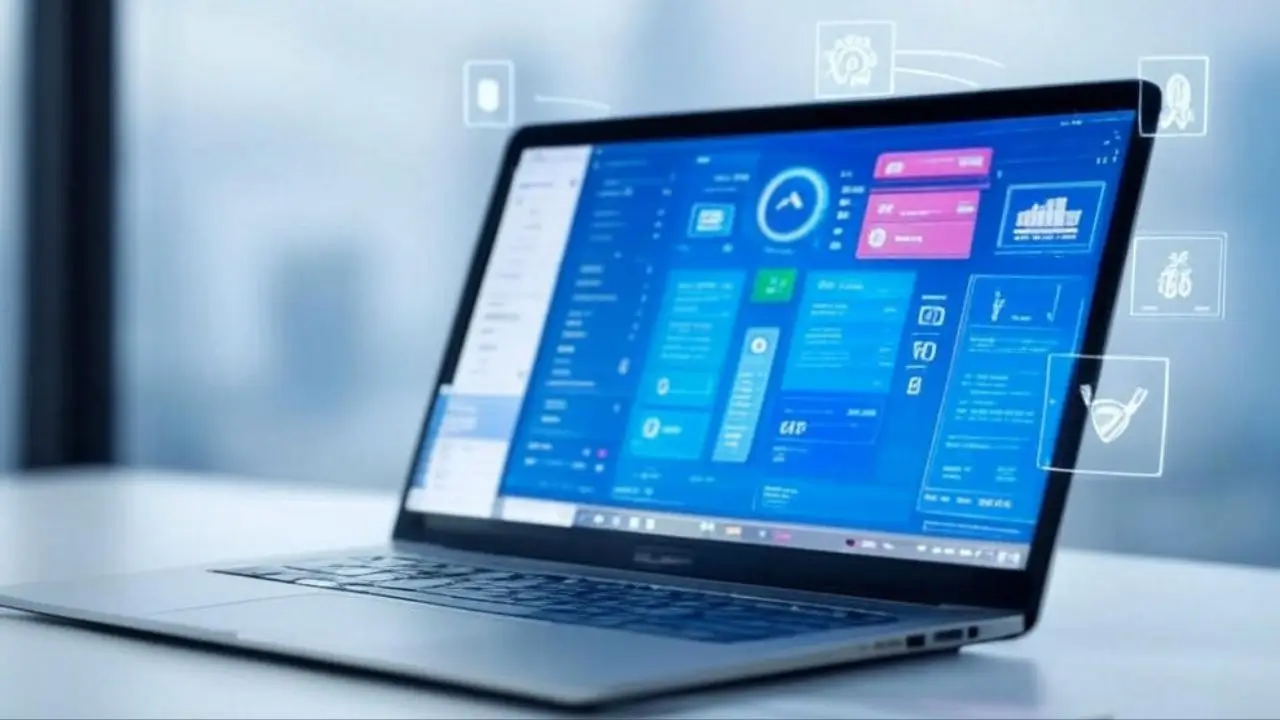Laptops are essential tools for both office work and entertainment, such as gaming or media use. However, over time, many users notice that their laptops start to slow down, which can be frustrating. Just like smartphones tend to lag as they age, laptops also experience performance drops with prolonged use.
The good news is that there are several easy and cost-effective ways to improve your laptop speed and performance. With a few smart upgrades and maintenance steps, even older systems can run much faster and more efficiently.
Why Do Laptops Slow Down Over Time?
Software Bloat
As you install more applications, unnecessary files accumulate, consuming precious storage and memory resources—this phenomenon is often called “software bloat.”
Hardware Limitations
Older hardware components, like limited RAM or traditional hard drives, struggle with modern software demands, causing noticeable slowdowns.
Malware and Viruses
Malicious software can run hidden processes, hogging CPU and disk resources—leading to sluggish performance and potential security risks.
Basic System Maintenance Tips
Restart Your Laptop Regularly
A simple reboot clears temporary files and stops background processes, giving your system a fresh start. Aim to restart at least once a week.
Update Your Operating System and Drivers
Keeping Windows and device drivers up to date ensures you benefit from performance enhancements and bug fixes released by Microsoft and hardware manufacturers.
Remove Unnecessary Startup Programs
Many apps auto-launch at boot, slowing startup times. Disable non-essential startup items via Task Manager to speed up the boot process.
Cleaning Up Your Storage
Delete Temporary and Junk Files
Use Tools > Disk Cleanup (Windows) or third‑party utilities to erase temporary files, caches, and leftover installer files that clutter your storage.
Uninstall Unused Programs
Go to Settings > Apps and remove software you no longer use—this frees up disk space and reduces background processes.
Use Disk Cleanup and Defragmentation
For HDD users, defragmenting rearranges data for faster access; SSD users can skip defrag and instead ensure TRIM is enabled.
Optimizing Software Performance
Adjust Visual Effects for Performance
Windows’ animations and shadows look nice but can sap resources. Under System > Advanced System Settings > Performance, select “Adjust for best performance.”
Manage Background Processes
Use Task Manager to identify and close apps consuming high resources. Prioritize essential applications for smoother multitasking.
Use Lightweight Applications
Opt for streamlined software versions (e.g., a “lite” browser) that use fewer system resources without compromising functionality.
Hardware Upgrades
Add More RAM
Increasing RAM allows your laptop to handle more simultaneous tasks without slowing down, particularly beneficial for multitasking and heavy applications.
Upgrade to an SSD
Replacing a traditional HDD with a solid-state drive can drastically reduce boot and load times, offering one of the most noticeable speed improvements.
Consider External Storage Solutions
Offload large, infrequently used files to an external USB drive or NAS to free up internal storage and improve performance.
Security Measures
Scan for Malware and Viruses
Run a full system scan with reputable antivirus software to detect and remove malware that may be slowing down your laptop.
Keep Antivirus Software Updated
An up‑to‑date antivirus ensures protection against the latest threats, preventing silent performance drains.
Advanced Tips
Enable ReadyBoost
Windows’ ReadyBoost feature lets you use a USB drive as additional cache memory—helpful on systems with low RAM.
Overclocking with Caution
Some CPUs and GPUs support mild overclocking via manufacturer software, but this can increase heat and power consumption—proceed only if you monitor temperatures closely.
Power Management Settings
Switch to a “High Performance” power plan in Windows to maximize CPU and disk performance—just remember this may reduce battery life.
When to Reset or Reinstall Windows
Factory Reset
If software issues persist after cleanup, a factory reset restores your laptop to its original state—keep in mind this removes installed applications but may preserve personal files.
Clean Windows Installation
For stubborn problems, back up your data and perform a clean Windows install; this wipes all data and gives you a completely fresh system.
Additional Resources
- Microsoft Support: Tips to Improve PC Performance
- Lifewire: Speed Up Your Computer Guide
- Crucial: How to Add More Memory
Conclusion
Speeding up your laptop doesn’t have to be a daunting task. With regular maintenance—such as restarting, updating software, and cleaning up storage—alongside strategic hardware upgrades like adding RAM or switching to an SSD, you can enjoy a snappier experience. For deeper gains, explore ReadyBoost and (with caution) overclocking. And when all else fails, resetting or reinstalling Windows provides a blank slate. Implement these tips today and watch your laptop transform from sluggish to speedy!
FAQs
- How often should I restart my laptop?
Restarting at least once a week clears temporary files and stops runaway processes, keeping performance optimal. - Will adding RAM really make a difference?
Yes—more RAM lets your system handle additional applications and browser tabs without slowing down. - Is ReadyBoost worth using on modern laptops?
ReadyBoost can help on systems with limited RAM and HDD storage, but offers little benefit for SSD-equipped laptops. - Can overclocking damage my laptop?
Overclocking increases heat and power draw; without proper cooling, it risks hardware instability—proceed only with monitoring tools. - When should I consider reinstalling Windows?
If software bloat, malware, or persistent errors resist cleanup, a clean install can restore peak performance.






Leave a Reply